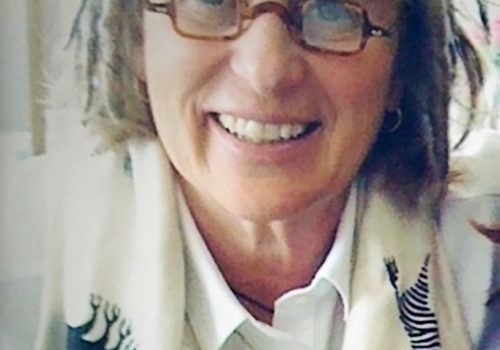This year, the craft of photography turns 175 years old. Last October, The National Geographic Society celebrated the 125th anniversary of both National Geographic magazine and the Society itself. What started as an idea for a commemorative exhibit quickly evolved into a groundbreaking multimedia experience, and a first for the Annenberg Space for Photography. The Director of Talent and Content Patricia Lanza, a former National Geographic staff photographer, gave us a rundown of what to expect from this awe-inspiring exhibition.
What was your first experience with National Geographic?
Patricia Lanza: Straight out of college, I got a job at National Geographic as a photo researcher, an entry-level position. I was an art and anthropology major; I really wanted to explore the world, and this job was my way of doing that. Photography became the catalyst for many adventures.
In the beginning, I started shooting educational material, travel books and ads for films. My first big assignment was to shoot the Russian circus during the communist era.
Somehow I was always able to get the photo. I think a lot of my success came from creating good relationships with fixers and people who traveled with me. I truly believe it’s all about the people you connect with, who, in turn, connect you with your subjects.
What makes this exhibition unique, in comparison to other exhibitions at the Photography Space?
P.L: We were inspired to incorporate new video technology by telling stories on “video walls.” From a curatorial standpoint, we realized is the first time an exhibit has been done on this scale, in this way, especially for the Annenberg Space for Photography. Until recently, screen resolutions were not up to speed or to the caliber where photographers wanted to see their images on a screen rather than in print.
Now, when the images come up on the screen, it’s like looking at a big transparency, like looking through a loupe on a light box, which is a beautiful way to see this work.
What joys and difficulties have this project presented?
P.L: The biggest joy was seeing the video concept work. I loved seeing it evolve into something tangible. We all really wanted to make something spectacular, yet there was no guidebook, no how-to manual.
There was a lot of work on National Geographic’s part to gather all of the materials – more than 500 images, a caption for each image and the introductory text describing each exhibit theme. Then we had to figure out how to conform these materials to our tech capabilities – the processors, the screens, the software. It was quite an adventure to get everything to the place where it is now.
















